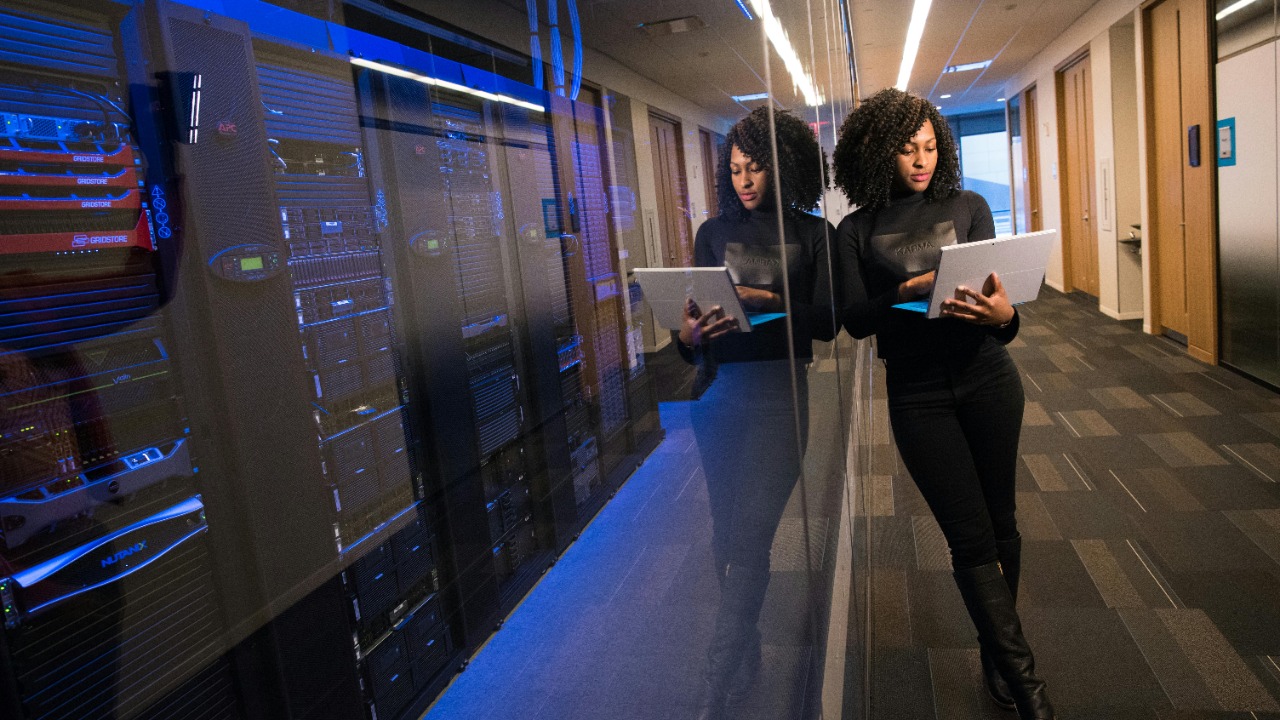
The rapid expansion of AI data centers is reshaping the US economy, with significant implications for job creation and infrastructure. However, this boom also brings environmental challenges, particularly in terms of energy and water consumption. Despite these concerns, some reports suggest that the demand for data center energy has been overstated and that renewable energy sources could potentially power the entire AI boom without compromising sustainability goals.
The Explosive Growth of AI Data Centers
The AI-driven demand for data centers is growing at an unprecedented rate, putting pressure on energy resources in key US regions like Virginia and Texas. This surge is not only reshaping the energy landscape but also causing economic distortions. The construction and tech sectors, for instance, are experiencing a significant uptick in job creation, a trend highlighted in a recent Wired article.
Alongside these economic shifts, the infrastructure required to support this boom is also expanding. According to Pew Research, the current energy consumption patterns of these data centers are comparable to those of small nations, underscoring the scale of the challenge.
Current Energy Demands and US Grid Pressures
As AI workloads increase, so too does the overall energy consumption of US data centers. This rise in demand is putting strain on local grids, particularly in data center hotspots like the Midwest and Southwest. The Wired article notes that this strain could lead to power shortages, posing a significant risk to grid reliability.
This risk is further outlined in a roadmap from Cornell University, which highlights the potential grid reliability issues that could arise if data center growth continues unchecked.
Environmental Footprint of the Boom
Aside from energy consumption, the AI data center boom also has significant environmental implications. The cooling systems used in these data centers require large amounts of water and produce substantial carbon emissions. The Cornell University roadmap provides a detailed account of these ecological trade-offs.
There are also broader sustainability concerns to consider. For instance, during peak AI processing times, data centers often rely on fossil fuel backups, leading to increased emissions. Furthermore, the expansion of data centers can have negative effects on biodiversity and land use in the areas where they are built.
Assessing Renewable Energy Capacity
Despite these challenges, there is potential for renewable energy sources to meet the needs of data centers. A report from As You Sow asserts that solar and wind power could potentially fuel the entire AI boom. However, the adoption rates of these technologies vary across different facilities, with major operators like Google and Microsoft leading the way.
The scalability of renewables is another important factor to consider. While these energy sources have great potential, there are still challenges to overcome, particularly in terms of transmission, as explored in a recent TechCrunch article.
Overstated Demand and Feasibility Studies
While the demand for data center energy is undoubtedly high, some argue that it has been overstated. The As You Sow report suggests that efficiency gains from AI optimizations could significantly reduce energy needs. When comparing actual versus forecasted consumption figures, it appears that current US data center energy use aligns with renewable supply potentials.
The report also provides policy recommendations for managing demand, emphasizing the viability of sourcing 100% clean energy.
Corporate Commitments to Renewables
Many tech giants have made commitments to renewable energy. Amazon, for example, has invested in wind farms to offset its data center power usage. However, the timelines for these transitions vary, and there are questions about whether the majority of the AI boom can be powered by green energy by 2030, as queried in the TechCrunch article.
There are also challenges in verifying these green claims. The Cornell University roadmap critiques the use of self-reported sustainability metrics, highlighting the need for more rigorous verification methods.
Future Outlook and Policy Implications
Looking to the future, the As You Sow report projects that renewable energy could account for 40-60% of data center power by the end of the decade. This shift is likely to be driven by regulatory pushes for green mandates, including federal incentives in the US.
However, the US still lags behind other regions in terms of renewable requirements for data centers. Europe, for example, has stricter renewable requirements, as noted in the TechCrunch article. This global comparison underscores the need for the US to accelerate its transition to renewable energy in order to keep pace with international standards.
More from MorningOverview